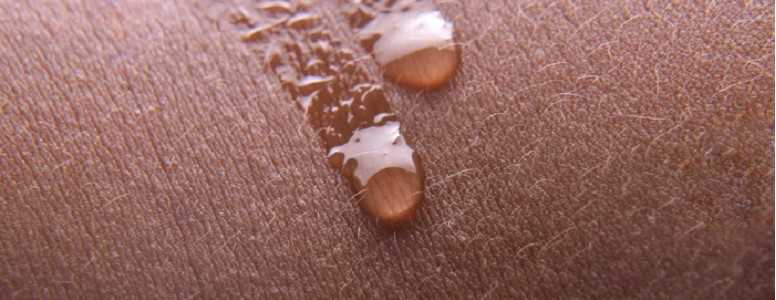Researchers from China and Hong Kong are developing an ultrasensitive lab-on-a-chip device that can measure glucose in a drop of sweat.
This device, which is cheap to develop, could help with earlier diagnosis and prevention of diabetes.
The research is being conducted by scientists at The Hong Kong Polytechnic University and Zhejiang University, China. Using a technology known as ‘optofluidics’, the study team have integrated a fibre optic biosensor with a microfluidic chip which allows for the ultrasensitive detection of glucose levels.
Because the researchers used fibre optics, which are immune to electromagnetic interference, the device is free from this interference. Previous attempts at using electrochemical glucose sensors to produce low-cost microfluidic chips have been blighted by this interference.
The fibre optic sensor is very sensitive to changes in the refractive index (RI) of the material that surrounds it. The researchers transformed the optofluidic device into a glucose monitor by using a film of glucose oxidase as a sensing material, which reacts with glucose in solution.
Study author A. Ping Zhang, Hong Kong Polytechnic University, reported that the fibre optic sensor “is very sensitive on its own and can detect glucose oxidase concentrations”, but the sensor’s performance “remarkably further improved” after it was integrated into the microfluidic chip.
After the integration of the chip, the sensor improved in detection range as well as response time, which “shortened from six minutes to 70 seconds”, the researchers noted.
Zhang added that the device enables glucose in solution to be detected “requiring only a tiny droplet of sweat. This makes it an extremely appealing technology to develop for early diagnosis of diabetes via monitoring glucose content within sweat.”
There is currently no word on when the sensor is set to be released to market, but the technology holds promise as the device does not cost a lot to manufacture.
“The team’s work is a significant step toward developing optofluidic devices for the early diagnosis and prevention of diabetes,” said Zhang.
The study appears in the Biomedical Optics Express journal.
What's new on the forum? ⭐️
Get our free newsletters
Stay up to date with the latest news, research and breakthroughs.




